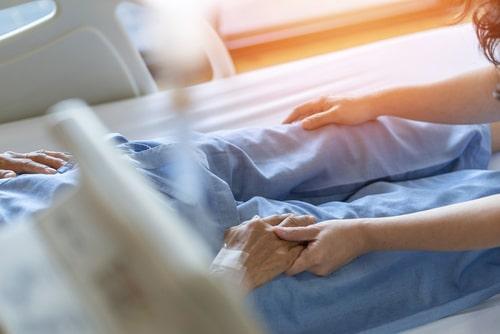
Many if not most people who live in nursing homes are suffering from Alzheimer’s Disease, Dementia, or another form of cognitive impairment related to advanced age. This can mean that nursing home residents are not always able to manage their behavior in an appropriate fashion. These cognitive impairments can sometimes cause people to behave violently or destructively in their confusion. For this reason, nursing home staff does sometimes have a need to physically or chemically restrain residents who are at risk for hurting themselves or others. However, physical restraints can also be used abusively. Residents should only be restrained when it is necessary for safety reasons due to their current behavior and never for the convenience of the staff. If you believe that your elderly loved one has been abusively restrained or harm has come to them due to the unreasonable use of restraints, it is important to contact an attorney quickly so they can preserve any necessary evidence immediately.
Facts About Physical Restraints and the Elderly
Being restrained can be very frightening for anyone, particularly an elderly individual who is confused and does not understand why they are being prevented from moving. This can be psychologically traumatizing and increase undesired behaviors in the long run. It can also be very physically uncomfortable or even painful. Facts you should know about physical restraints in nursing home include:
- Safety vs. convenience – Restraints should only be used when there is an immediate safety risk if the resident is not restrained. Unfortunately, understaffed nursing homes will sometimes restrain multiple residents for their own convenience, to make it easier for them to care for too many patients.
- Causing injuries – The excessive use of restraints can lead to physical injuries. Chafing that breaks the skin and causes sores, which can become infected, are a common injury. There is an increased risk of bedsores when a patient is left in restraints too long. Long term use may even lead to a loss of mobility.
- Many types – Multiple types of restraints are used in nursing homes. They include arm and leg restraints that hold a patient to a bed or chair, lap belts, bed rails a patient can not put down on their own, and mitts.
When restraints are not used properly and safely, they can cause lasting harm to an already-vulnerable older adult.
Contact a Peoria Nursing Home Abuse Attorney
Nursing Home Injury Center fights for the right of nursing home residents to be free from abusive treatment by the staff. Our experienced Peoria nursing home abuse lawyers will do all we can to make the situation right for your loved one to the extent possible. For a free consultation, contact us at 309-524-6900.
Source:
https://www.nursinghomeabuseguide.org/physical-restraints/



